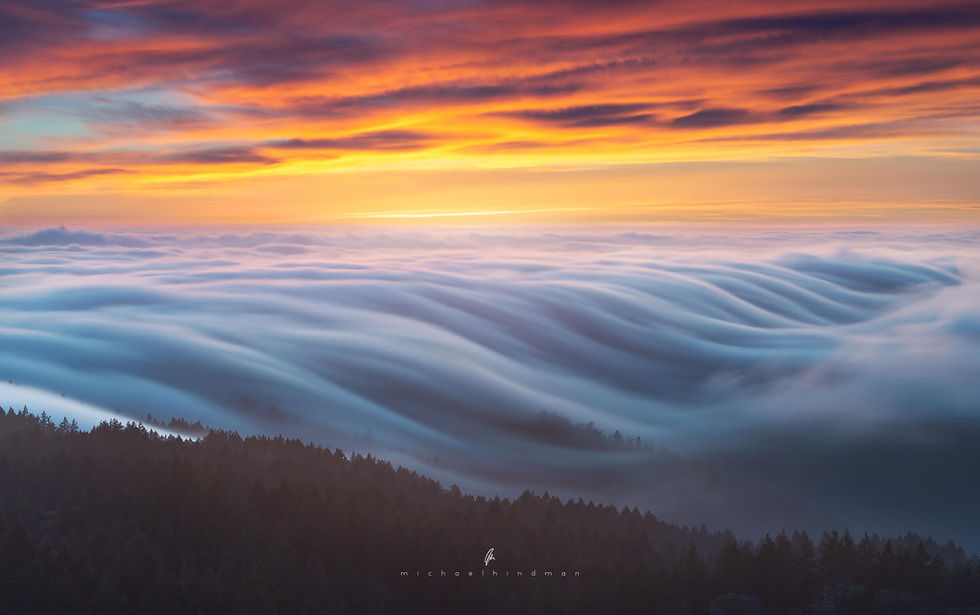The Details Within
- MichaelHindman

- Apr 5, 2019
- 3 min read
Updated: Dec 28, 2020
Death Valley is one of my favorite places to visit for photography. It's one of those places that has grand beauty but it's the details within that really make this place shine. Some National parks have grand hikes with vistas beyond imagine, or towering peaks with jagged towers, but at the lowest place in America you will find awe in cracked mud, sand and eroded badlands. Valleys, drainages and sand change as the light moves across the valley creating unique moments through the day with endless photographic opportunities.
Coming from the West is probably my most favorite way to enter Death Valley. Crossing through high deserts littered with Joshua Trees, to panoramic views as you descend into Panamint Valley before pushing your engine to full throttle as you begin the final climb on your way to Stovepipe Wells.
Lately I have started to gravitate towards more abstract images and there is no better place than Death Valley to explore them. The rocks and minerals that fill the hills and mountains of the area magnificent colors across the spectrum create unique and vibrant images. Different times of the day will bring out different shades of those colors revealing many moods throughout the day.




Beyond the details of the grand landscapes the valley also offers an incredible array of mud and salt textures galore. Hexagonal shapes of drying earth can be found all over the valley creating endless opportunity for mind boggling patterns. Always keep your head on a swivel and don't always take the same route into your planned shooting location. New patches of interest can form from year to year. If you stumble across something, mark it on your maps, you can always return another time on your trip to explore more.



The dunes in Death Valley are beyond magical. Five dune swaths are scattered throughout the park each offering something a bit different. Even though it's probably the most visited, Mesquite Dunes is one of my favorites. This vast swath of land is impressive. Leaving Stovepipe Wells on your way to Furnace Creek the dunes rise like a city on the horizon. Measuring about 3.5 miles in length, and lacking the tallest dune, it makes up for itself in the variety of dunes and character, creating countless photo opportunities. And if you're lucky, you might find yourself out on these dunes with high wind gusts and blowing sand. The atmosphere that it creates is truly something special. It will make you work for every image and ware you down, but it's quite breathtaking. Watch the weather, track the wind and keep your visit flexible. If high winds arrive ditch your planned location and head to the dunes. It's an experience you won't regret.








Use the bright afternoons to scout out and plan your shots for your light events. Drainages shift and move from year to year and you'd hate to wind up empty handed if something epic happens. Cracks and patterns can be really hard to shoot too. Give yourself plenty of time to find your comp when you don't have to race against the sun. Find an object, and mark it for later. Be respectful though and don't damage the land. And don't forget to explore, explore, and explore more, the valley has so many different things to offer.



If you or someone you know is interested in Death Valley Photography workshops from Michael send us a note. We are looking into the logistics for two 2020 workshops. And don't forget to sign up for updates so you don't miss out!



Comments